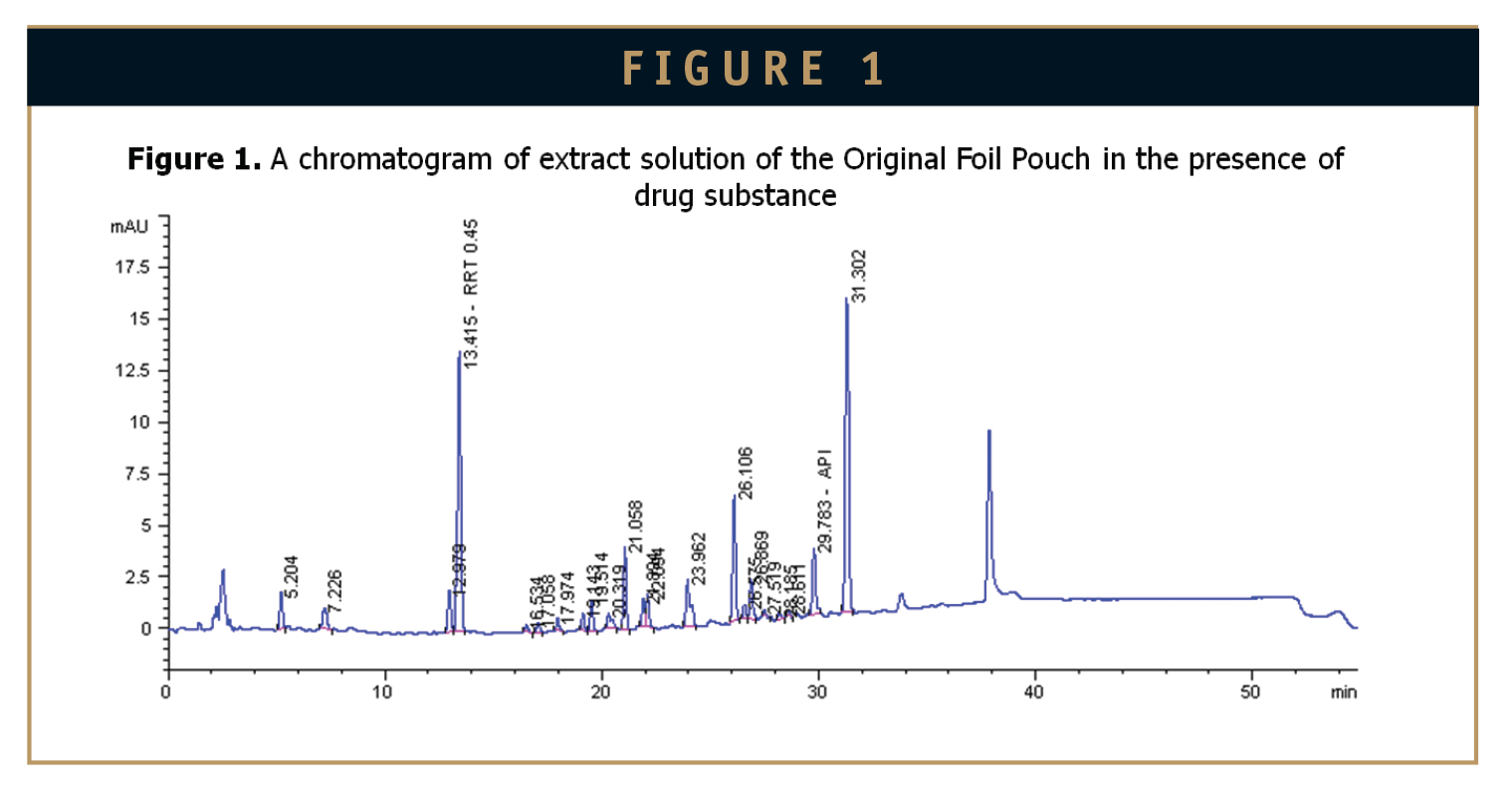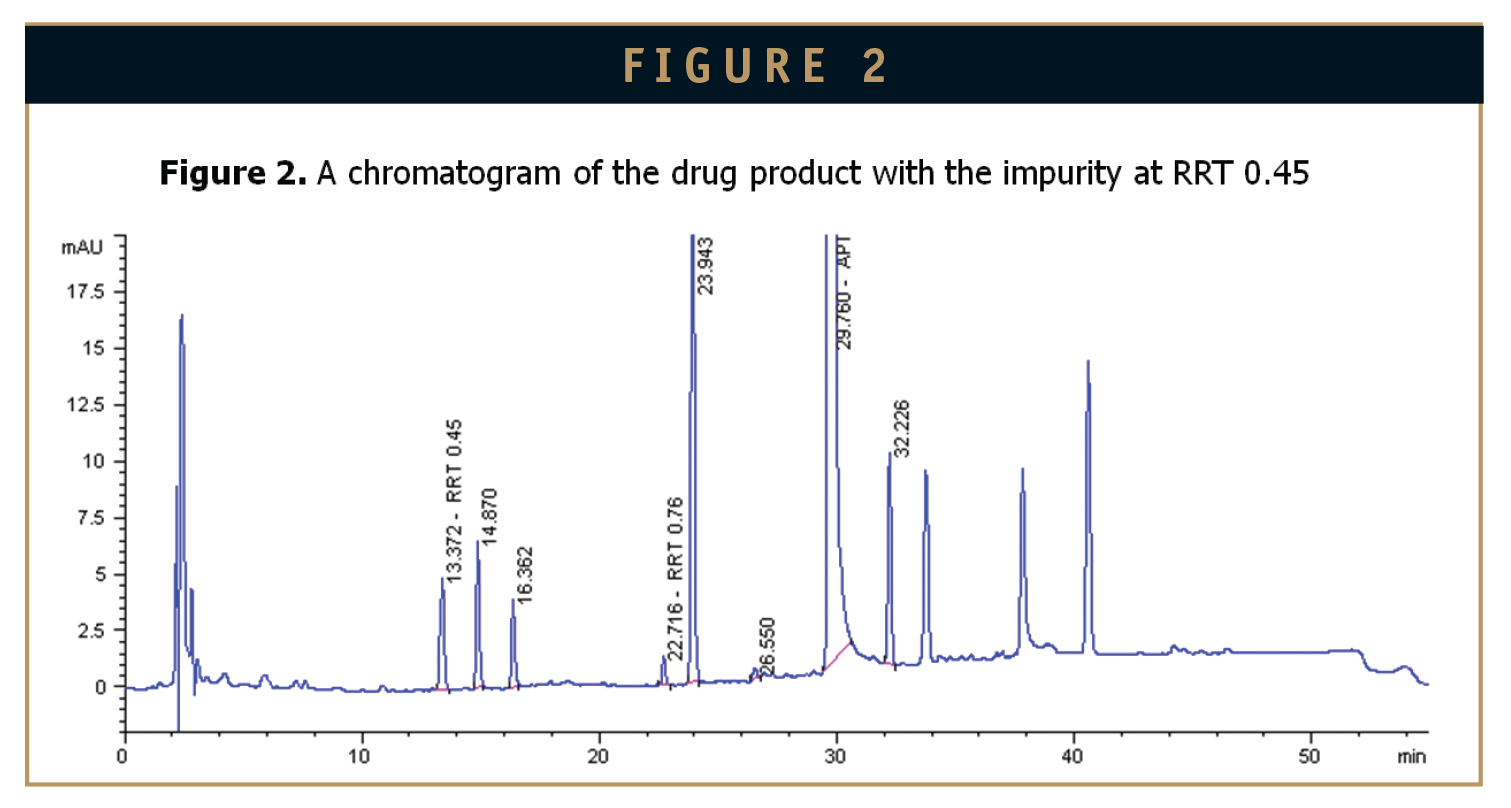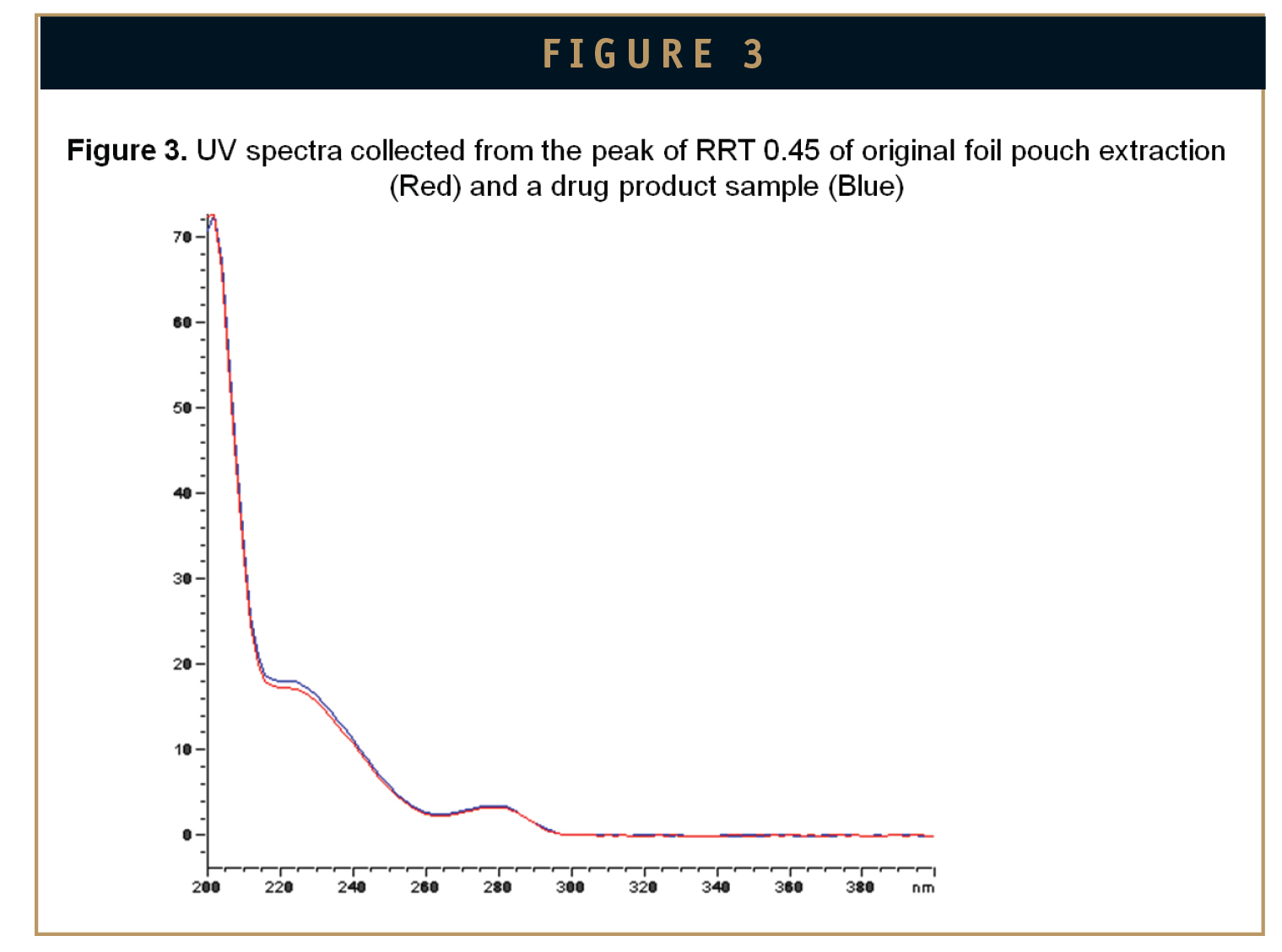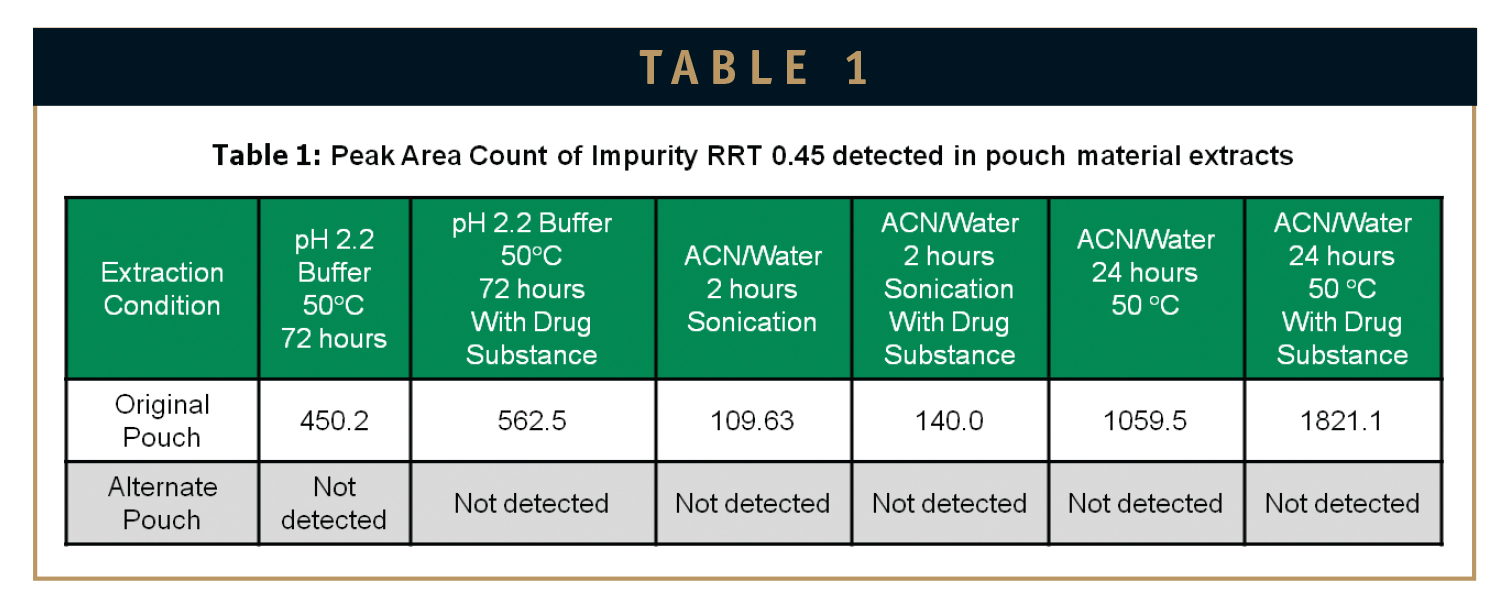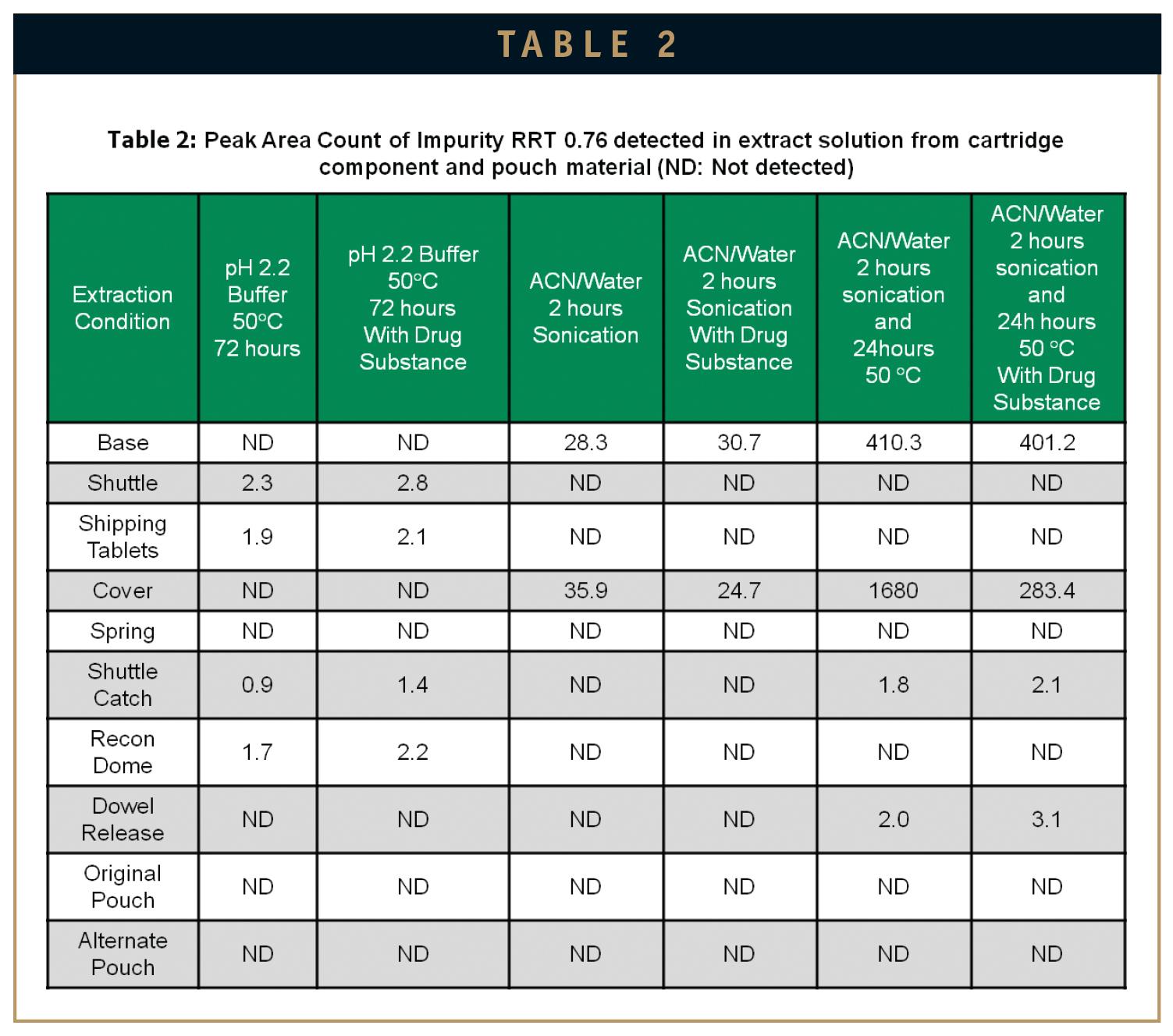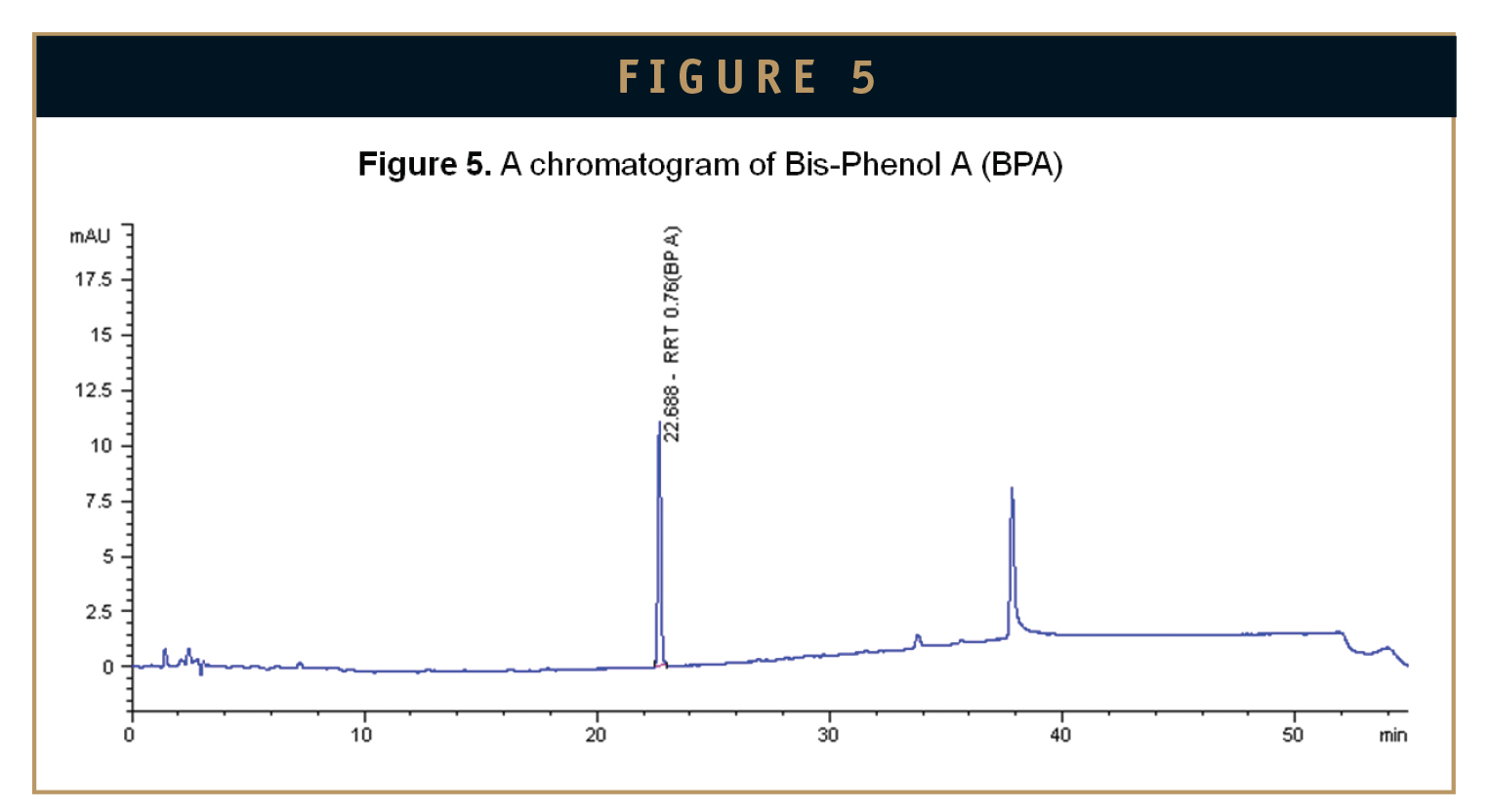Issue:September 2014
LEACHABLES STUDIES - Investigating Leachables in Oral Solid Dosage Forms
INTRODUCTION
Discovering at a late stage of development that a contaminant leached into your drug product is a biopharmaceutical sponsor’s nightmare – and can be extremely costly. As drug products become increasingly potent, more-sensitive analytical methods are needed to determine lower acceptable levels of contaminants. The US FDA and European Medicines Agency (EMA) have issued directives to identify and quantify contaminants, such as genotoxic and carcinogenic impurities, at increasingly lower levels, nanogram or lower.
Advanced, highly sensitive testing technologies available today, such as high- performance liquid chromatography (HPLC), can detect extremely low levels of leachables, enabling sponsors or their contract research organizations (CROs) to detect more contaminants in their drug product. For every leachable detected, they must determine whether to conduct extractables and leachables (E&L) studies and the extent of testing necessary to ensure regulatory approval and the safety of their product for patients.
For drug products dispensed from medical devices, sponsors need to know whether any contaminants have leached into the drug from the device components, secondary packaging, or other materials. When leachables are detected, investigators must determine their identity and the level to which they will accumulate in the finished drug product over its shelf-life, as well as the impact of storage conditions, and whether the level of leachables is acceptable. They also need to develop appropriate methods for E&L analyses that are adequately sensitive and specific to the compound. While E&L studies are usually not relevant for solid dosage forms, there are times when these investigations are advisable.
E&L studies can be challenging, and regulatory guidances are not specific. As part of the studies, investigators must develop test methods appropriate to detect, identify, and quantify potential leachables, and if found, assess their toxicity. Consequently, sponsors often outsource these studies to a highly qualified CRO.
In this article, Patheon explains the importance of conducting leachables studies for solid dosage forms in certain situations, and describes its leachables study of an oral solid dosage form delivered in a medical device.
WHAT ARE LEACHABLES & EXTRACTABLES?
Leachables are chemical compounds that migrate into the drug formulation from any product contact material, including elastomeric, plastic, glass, stainless steel, or coating components as a result of direct contact with the drug formulation under normal process conditions or accelerated storage conditions and are found in the final drug product.1 They can increase the toxicity and impurity levels of the drug product and react with product components. Extractables are chemical compounds that migrate from any product contact material when exposed to an appropriate solvent under exaggerated conditions of time and temperature.1
REGULATORY GUIDANCE
The FDA Guidance for Industry, Container Closure System for Packaging Human Drugs and Biologics, provides guidance on principles for submitting information on packaging materials used for human drugs and biologics. For oral tablets and capsules, the degree of concern associated with the route ofadministration is low, as is the risk of interaction between packaging components and a solid oral dosage form. For tablets, appropriate reference to the indirect food additive regulation for each material of packaging construction can be submitted.
For medical devices, extractables and leachables testing is required by the Center for Devices and Radiological Health (CDRH) of the FDA. The CDRH requires a 501(k) premarket submission: an assessment of the stability and compatibility of each drug or biologic intended to be used with the medical device, and a safety evaluation of any leachables, extractables, impurities, and degradants from the medical device into the drug product.
Various ISO guidelines address the issue of impurities. The following are four key guidances for the biological evaluation of medical devices:
-ISO 10993-13: Identification and quantification of degradation products from polymeric medical devices.
-ISO 10993-15: Identification and quantification of degradation products from metals and alloys.
-ISO 10993-17: Establishment of allowable levels for leachable substances.
-ISO 10993-18: Chemical characterization of materials.
Development, validation, and testing of components must be carried out under International Conference on Harmonization (ICH) and US Pharmacopeia guidelines.
The ICH Tripartite Q6A guideline Specifications: Test Procedures and Acceptance Criteria for New Drug Substances and New Drug Products: Chemical Substances indicates that an extractables study is only recommended for oral liquid and parenteral drug product, but not for tablets or hard capsules.
In addition to various ICH guidances on impurities, the FDA Guidance for Genotoxic and Carcinogenic Impurities in Drug Substances and Products recommends approaches to characterize and reduce the risk of patient exposure to these impurities. The guidance references the threshold of toxicological concern (TTC) as 1.5 micrograms per day.
STUDY OF TABLETS DISPENSED FROM A MEDICAL DEVICE
Patheon conducted a study to determine the source of the leachables discovered in a low-strength tablet (label claim: 10 micrograms/tablet and 15 micrograms/tablet) packaged in a medical device, and whether the drug product met the acceptable level of contaminants for the particular compound.
During Phase II studies to test the chemical and physical stability of the product, two unknown impurities were detected in products packaged in a polycarbonate cartridge in a foil pouch with oxygen-scavenging sachet. One of the key chemical attributes tested was changes to the profile of related substances (impurities), which indicate degradation of the active pharmaceutical ingredient (API). The related substances method was developed to detect and quantitate impurities down to the ICH reporting threshold for the lowest tablet strength.
The investigators conducted a study to determine the source of two unknown impurities detected at relative retention times (RRT) of 0.45 and 0.76 RRT and tested under accelerated and long-term storage conditions. RRT is an analytical parameter used in chromatographic procedures to control impurities in a drug product, correcting variation in peak retention time related to HPLC system variance. The RRT relates each impurity peak retention time to that of the reference standard of the API.
When testing the impact of storage conditions on drug product stability, the investigators found that the relative magnitudes of these peaks were higher in samples stored at 40°C/75% Relative Humidity (RH) compared with those at 25°C/60% RH, and increased with storage time for products packaged in cartridges. When testing the product in different secondary containers, they found that neither of the impurities was detected in the product packaged in plastic HDPE bottles. Because the impurities were not detected in the bottle configuration, the investigators suspected they might originate from the cartridge components or pouch material.
Related substances of the low-strength solid dosage form were determined using an HPLC method with a diode array detector (DAD) and quantitation at 235 nm (limit of quantitation ~ 0.05 micrograms/mL). To identify the source of the two impurities, pouch materials and each of the cartridge components were separately extracted in an aqueous buffer solution at 50°C for 72 hours and in an organic medium at room temperature for 24 hours. Extracted solutions were analyzed with the product-related substances test method. Both the RRT of the peaks and UV spectra collected from the DAD were used for peak identification. Based on the RRT and UV spectra analysis, the RRT 0.45 was found to be a leachable from a pouch material, while RRT 0.76 was a leachable from two of the cartridge components and identified as Bis-Phenol A (BPA).
RESULTS
Leachable Study for Impurity Peak at RRT 0.45
In chromatograms of the extracts of a pouch material in both aqueous buffer and organic medium, a peak was observed at RRT 0.45 (Figure 1). As a comparison, a typical chromatogram of a drug product sample with the impurity at RRT 0.45 is shown in Figure 2. UV spectra of these peaks also matched that of the RRT 0.45 impurity in the drug product (Figure 3). This peak was not observed in the chromatograms of extracts from the cartridge components. Therefore, the impurity was determined to be a leachable that migrated from the pouch material into the dosage form during drug product stability storage.
A new alternate foil pouch material was extracted under the same conditions, and the impurity was not detected under any tested conditions (Table 1). Therefore, in the absence of any other consideration between the two pouch materials, the original pouch was replaced by the alternate pouch for future packaging.
Leachable Study for Impurity Peak at RRT 0.76
Two of the cartridge components contributed to a peak at RRT 0.76, which was identified as BPA, a plasticizer known to be present in the polycarbonate cartridge components. Table 2 summarizes results of the RRT 0.76 impurity extracted from cartridge components and foil pouch material in an aqueous medium and organic solvents. Aqueous extracts of cartridge components showed a small peak at RRT 0.76, whereas the foil pouch material extracts did not show any peak. Organic extracts of most of the components did not show any significant peak at RRT 0.76. However, the cartridge base and cover extracts in organic solvent had the RRT 0.76 peak in large amounts. A typical chromatogram of extract solution from a cartridge component is depicted in Figure 4.
Because a significant amount of RRT 0.76 impurity was extracted from the cartridge base and cover made from polycarbonate, BPA, a plasticizer for polycarbonate manufacturing, was analyzed using the liquid chromatography (LC) method (Figure 5). The investigators observed that the retention time of BPA was very close to the RRT 0.76 impurity extracted from cartridge base and cover in organic solvent. The UV spectra of BPA, the impurity of RRT 0.76 from cartridge base extraction, and the impurity of RRT 0.76 in the drug product are displayed in Figure 6.
UV spectra collected from the three sources have identical UV absorption profiles. We concluded that the impurity of RRT 0.76 in the drug product sample is BPA, a leachable from the cartridge base and cover.
Recently, BPA has been the subject of health concerns. During product development, the highest BPA amount detected was 0.34% for a 15-microgram strength product, which equates to 0.001 mg intake per day. According to the EPA’s Integrated Risk Information System, the reference dose for chronic oral exposure (RfD) of BPA is 5 x10-2 mg/kg-day. For a 50-kg adult patient, BPA intake from the drug product is 2500 times less than the threshold at which a health concern will be raised. Therefore, there is low risk in the cartridge/pouch system for the dosing device.
Because the BPA levels in the packaged product were several orders of magnitude lower than the EPA’s acceptable limit, no changes were determined to be necessary for the cartridge materials.
Study With Modified Packaging Configuration
An experimental lot of drug product was packaged in a polycarbonate cartridge sealed in the alternate foil pouch (the pouch that did not display the RRT 0.45 impurity in the leachable study) and stored at accelerated conditions (50°C/75%RH). At the 3.5-month time point, a review of chromatographic traces of this sample did not show any impurity peak at RRT 0.45, and the amount of the RRT 0.76 impurity was 0.053%.
CONCLUSION
With increasingly potent drug products and lower acceptable levels of contaminants today, more-sensitive analytical methods must be used to detect and analyze leachables and determine drug product safety. Although the risk of interaction between packaging components and a solid oral dosage form is small, E&L studies may be necessary for low-dose products when the related substance profile is monitored with a very sensitive method. For drug products in medical devices, investigators must understand E&L testing methods and make sure the devices are unadulterated to the drug products they deliver. A highly experienced E&L partner can help you conduct these sensitive and specific analyses, mitigating risk at this late stage in product development.
To view this issue and all back issues online, please visit www.drug-dev.com.
REFERENCES
Bioprocess Systems Alliance.

Chris Connolly earned his BSc in Biochemistry and has worked in the biotechnology and pharmaceutical industries for 19 years, starting as an analytical chemist, and rising to be manager of analytical chemistry and of operations excellence. He joined Patheon in 1999, and is Manager of Analytical Development for Pharmaceutical Development Services. He has worked on dozens of early-to-late clinical-stage development projects for solid and semi-solid dosage forms, leading activities including development and validation of analytical methods, formulation evaluation, development of product specifications, clinical batch release, stability studies, and CMC reviews.

Niculae Miron earned his BSc in Chemical Engineering from the University of Ploiesti, Romania. He has worked as an analytical chemist for more than 15 years with various Canadian pharmaceutical companies. He has been working as a Senior Chemist since 2008 with Patheon Inc., within the Analytical Development Laboratory of Pharmaceutical Development Services.
Total Page Views: 6382





